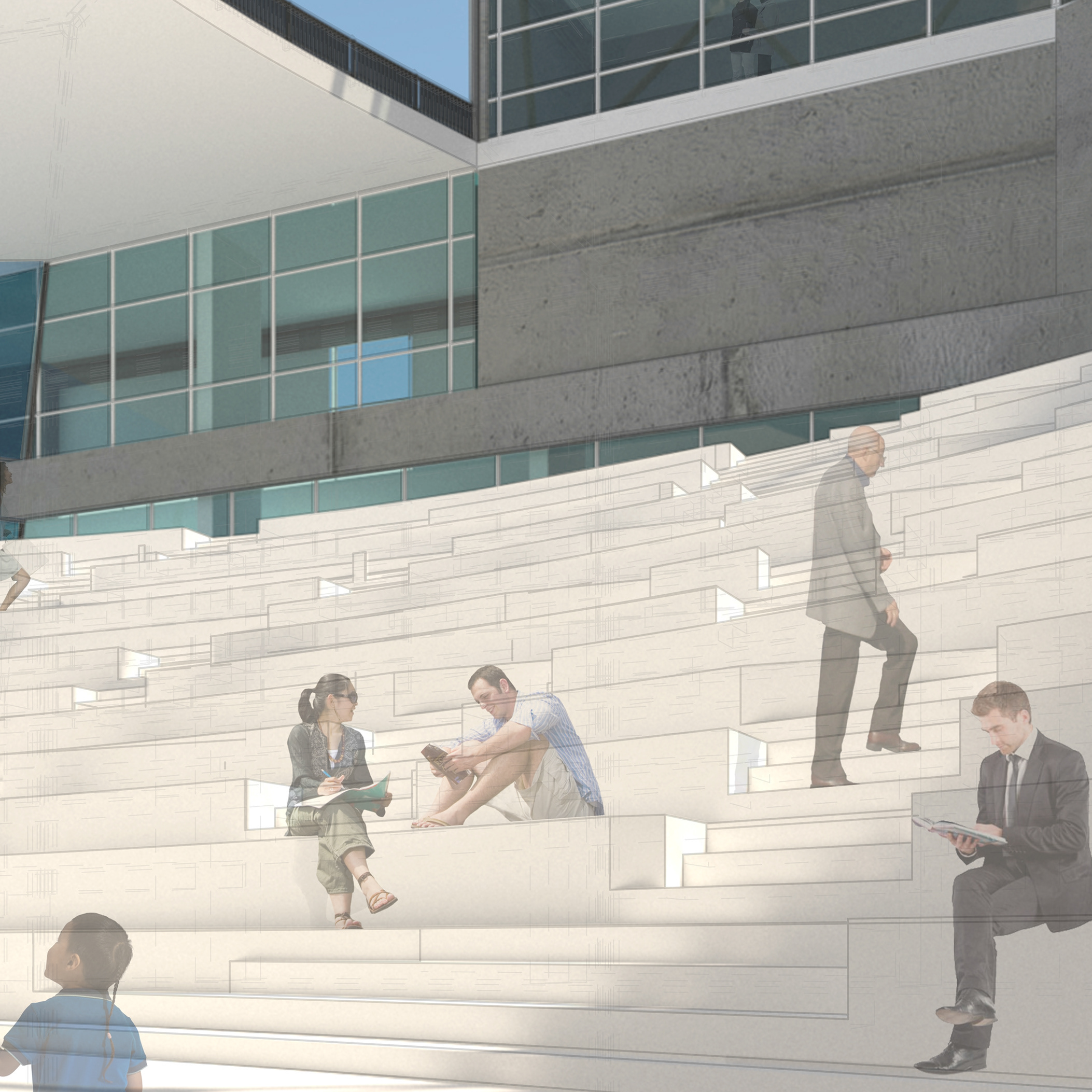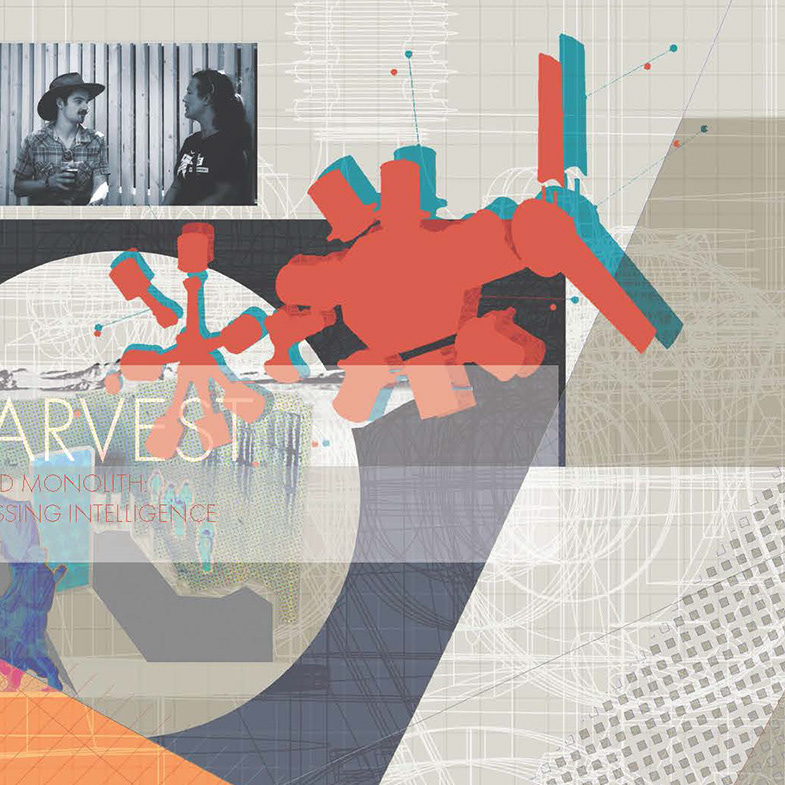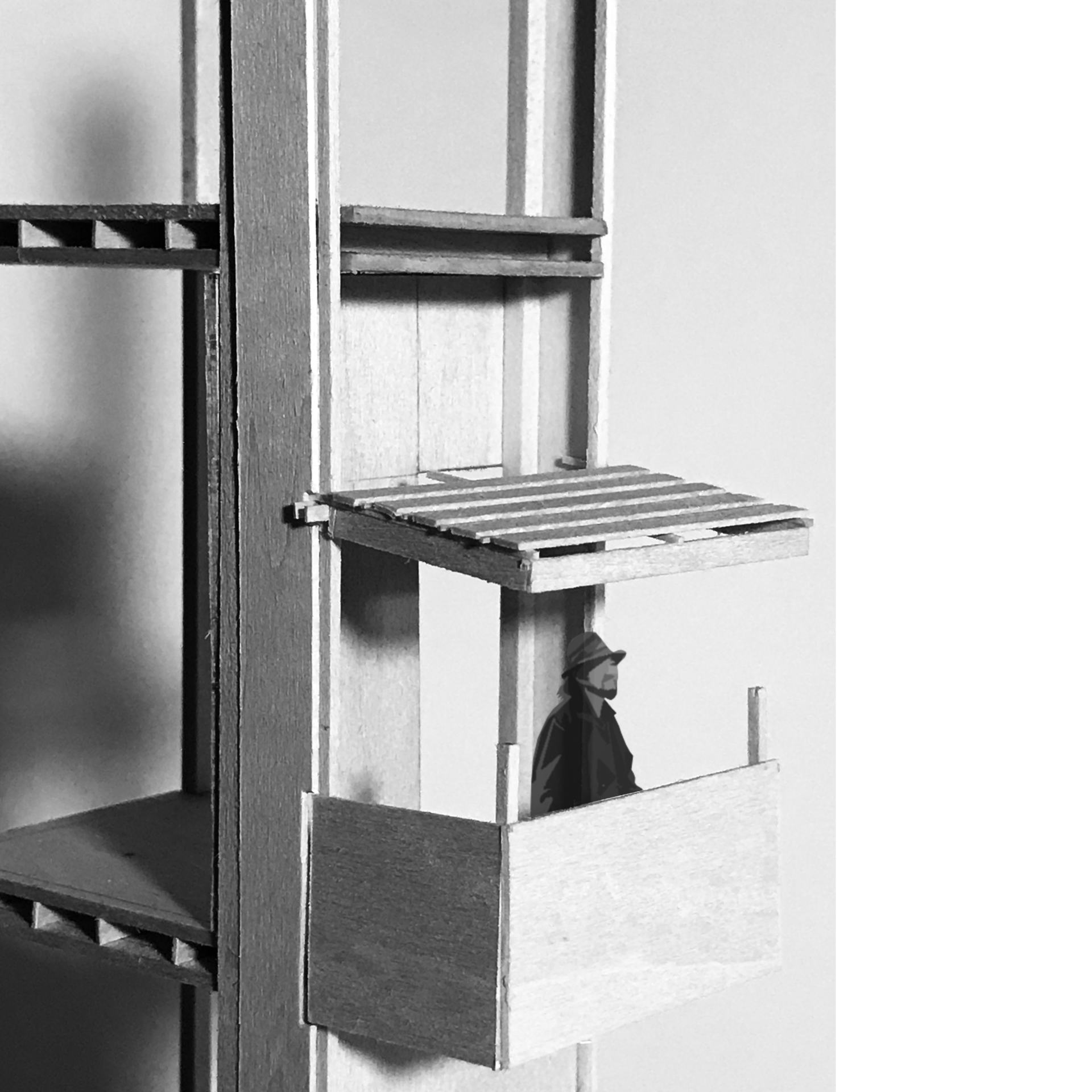LONGLEAF FLATWOOD RESERVE
spliced section onto model photo, indicating the relationship between the North intervention and the ground.
axonometric study of the meditation space and preceding descent.
above ground geometrical and tectonic analysis.
the relationship between the two interventions, simultaneously framing the path and inviting passersby from the clearing on the trail
conceptual representation of the gesture of the trail
study into the language of layering on the trail
contrast of appraisal of light. This section examines the tectonic nature of the above-ground portion of the intervention and the stereotomy of its buried half.
the gestural relationship between the interventions, their “tip-toe” language, and a representation of coming into the clearing on the trail.
model ground excavated to show the meditation space is buried.













